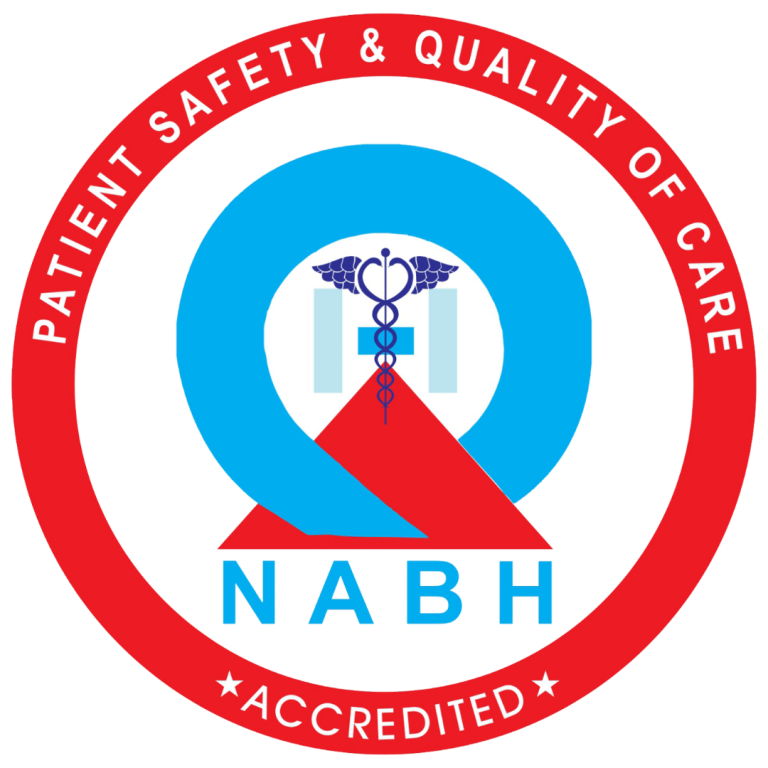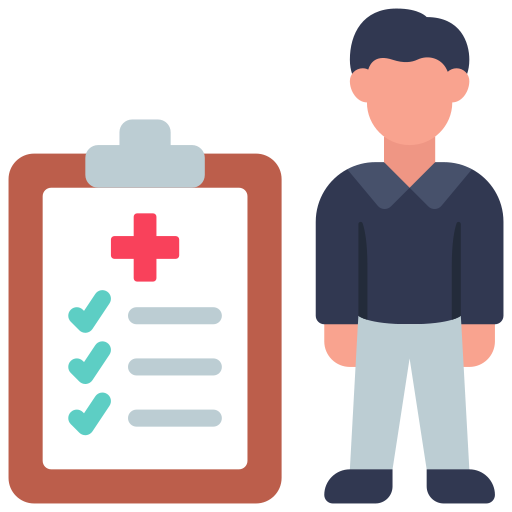Orthopedic
From sports injuries to joint replacement, our board-certified orthopedic surgeons provide comprehensive musculoskeletal care using the latest surgical techniques and rehabilitation protocols.
9518951959
info@nelsonhospitals.com
Get Direction
Click Here
4.5
Best Orthopedic Hospital
Orthopedics, also known as orthopaedics, is a specialized branch of medicine that deals with the diagnosis, treatment, prevention, and rehabilitation of conditions affecting the musculoskeletal system. This vital system includes bones, joints, ligaments, tendons, muscles, and nerves—essential components that enable movement, support, and stability in the human body.
Orthopedic care is crucial for patients suffering from injuries, chronic conditions, congenital disorders, or age-related wear and tear that affect mobility and quality of life.
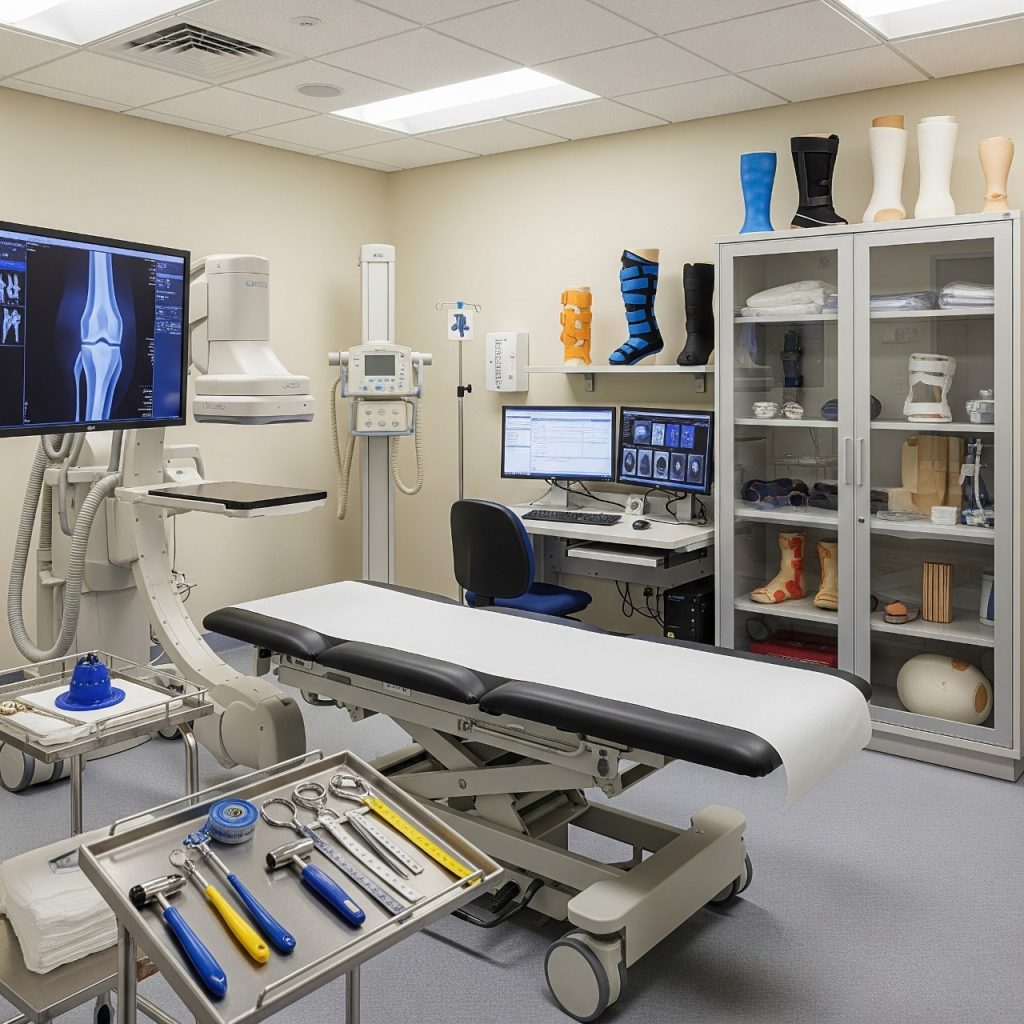
Nelson hospital provides various Orthopedic treatments with proper care.
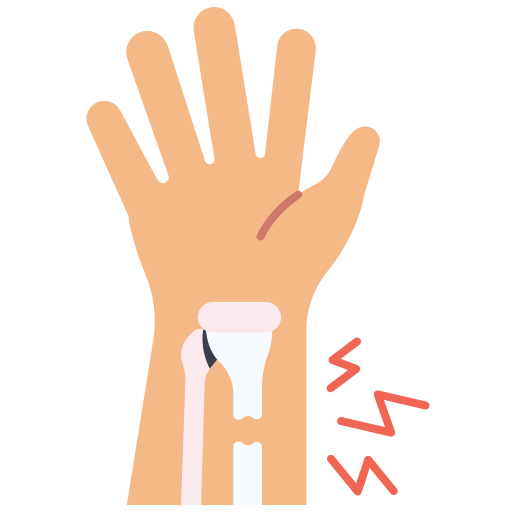
Fracture & Trauma Care
Fracture and trauma care is medical treatment to heal broken bones and injuries caused by accidents or sudden impacts.
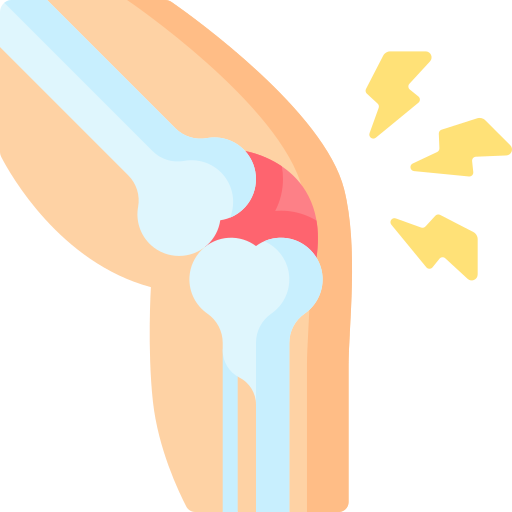
Arthritis & Osteoarthritis
Arthritis and osteoarthritis management involves treatments to reduce joint pain, improve mobility, and slow down joint damage.
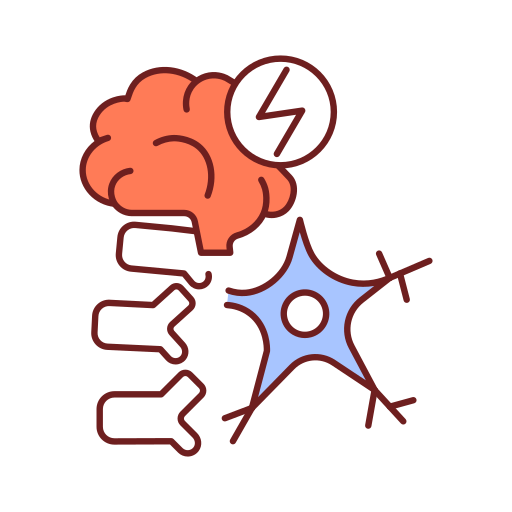
Spine Disorders & Back Pain
Spine disorders and back pain refer to conditions that affect the spine and cause discomfort, stiffness, or limited movement in the back.
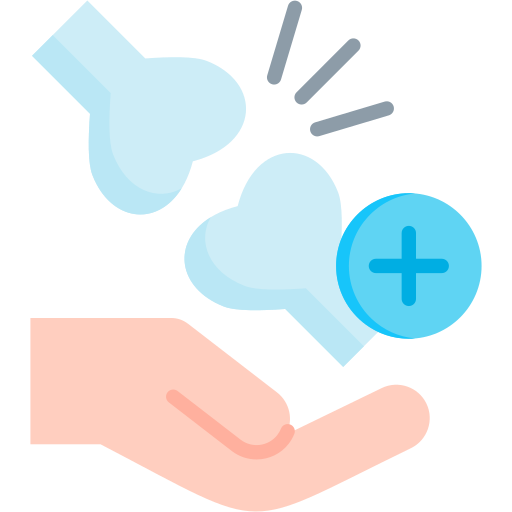
Pediatric Orthopedics
Pediatric orthopedics is the branch of medicine that treats bone, joint, and muscle problems in children.

Bone & Joint Infections
Bone and joint infections are serious conditions where bacteria or other germs infect the bones or joints, causing pain and swelling.

Orthopedic Rehabilitation
Orthopedic rehabilitation is therapy that helps patients recover strength, movement, and function after bone, joint, or muscle injuries or surgery.
24/7 Emergency
Medical Care Nelson
With access to 24 hour emergency assistance, It’s so important you can continue to help others.
Symptoms & Causes of Bone and Joint Problems (Orthopedics)
Recognising the symptoms early can help in timely diagnosis and effective treatment. Here are the most commonly reported signs of orthopedic issues:

Pain
- Localized pain in bones or joints (e.g., knee, hip, back)
- Persistent or chronic pain that worsens with movement
- Pain that flares up after activity or rest

Swelling and Inflammation
- Noticeable swelling around joints
- Warmth, redness, or tenderness to the touch

Stiffness
- Limited range of motion
- Joint stiffness, particularly in the morning or after rest
- Difficulty straightening or bending joints

Weakness or Instability
- Perceiving a joint might ”give out”
- Loss of strength in limbs

Deformities
- Bone misalignment (e.g., bowed legs, bunions)
- Evident alteration in joint or limb shape

Cracking or Popping Sounds
- Clicking or grinding sounds during movement (crepitus)
- May or may not be accompanied by pain

Numbness or Tingling
- Especially in spine-related issues like herniated discs
- May involve arms, hands, legs, or feet

Fatigue or Limited Endurance
- Muscle fatigue around injured joints
- Reduced ability to perform everyday tasks

Difficulty Walking or Standing
- Limping or trouble maintaining balance
- Trouble going up or down stairs
Types of Orthopaedic Diseases
Here are the most common types of orthopedic diseases:
Arthritis: A group of conditions causing joint inflammation, pain, and stiffness
- Osteoarthritis: Resulting from wear and tear of cartilage, often involving knees, hips, and spine.
- Rheumatoid Arthritis: An autoimmune disease causing chronic joint inflammation.
- Psoriatic Arthritis: Affects people with psoriasis and leads to joint pain and swelling.
- Gout: A Type of arthritis resulting from the accumulation of uric acid crystals in joints.
Osteoporosis: A Condition in which bones become thin, fragile, and more susceptible to breaking, most often in the spine, hips, and wrists.
Bone Infections (Osteomyelitis): A serious condition where bones become infected, often due to bacteria. Symptoms include pain, fever, and swelling. Requires prompt diagnosis and treatment.
Bone Cancer and Tumors
- Benign Tumors: Non-cancerous but may require treatment if they affect bone structure or cause pain.
- Malignant Tumors: Such as osteosarcoma, can be life-threatening and require surgery, chemotherapy, or radiation.
Degenerative Disc Disease: Age-related condition where spinal discs deteriorate, causing back pain, stiffness, and sometimes nerve compression.
Scoliosis and Spine Deformities: Abnormal spurring of the spine that can develop during childhood or adolescence. Severe cases may require bracing or surgery.
Read More
Tendon and Ligament Disorders
- Tendinitis: Inflammation of tendons due to overuse.
- Bursitis: Inflammation of bursae, fluid-filled sacs that reduce friction in joints.
- Ligament Injuries: Such as ACL tears or sprains due to trauma or sports injuries.
Carpal Tunnel Syndrome: A nerve compression disorder affecting the wrist, causing pain, numbness, and tingling in the hand and fingers.
Developmental and Congenital Conditions
- Clubfoot: A birth defect where one or both feet are twisted out of shape or position.
- Developmental Dysplasia of the Hip (DDH): Involves the hip joint in children and infants.
Paget’s Disease of Bone: A long-term disease that makes bones larger and deformed by causing unusual bone remodeling.
Ankylosing Spondylitis: An inflammatory form of arthritis of the spine, resulting in chronic pain and stiffness.
Expert Diagnosis & Individualized Treatment: Our orthopedic team is experienced in diagnosing and managing a wide range of orthopedic diseases using advanced medical imaging, lab testing, and patient-centric treatment plans
Role of Orthopaedic Hospitals & Specialists: Orthopaedic hospitals and specialists play a critical role in the diagnosis, treatment, and management of musculoskeletal disorders. They provide both conservative (non-surgical) and surgical care, helping patients recover from injuries, manage chronic conditions, and maintain optimal mobility and quality of life.
Expert Diagnosis: Orthopaedic specialists are trained to accurately diagnose a wide range of musculoskeletal conditions. They use:
- Advanced imaging techniques (X-rays, MRIs, CT scans)
- Comprehensive physical examinations
- Patient history analysis: These diagnostic tools help identify the root cause of pain, injury, or mobility issues, whether it’s a simple sprain or a complex condition like arthritis or a bone tumor.
Personalized Treatment Plans: Orthopaedic specialists create tailored treatment plans based on each patient’s condition, needs, and lifestyle. They focus on:
- Pain management (medications, injections)
- Physical therapy (rehabilitation exercises, mobility training)
- Lifestyle modifications (diet, activity changes): The goal is to optimize recovery and prevent further injury or degeneration.
Conservative Treatments: Before resorting to surgery, orthopaedic specialists often employ non-surgical approaches, such as:
- Medications (anti-inflammatory drugs, pain relievers)
- Physical therapy to enhance muscle strength and flexibilityOrthotics and bracing to stabilize joints and prevent further damage
- Injections (steroid, hyaluronic acid) to reduce inflammation or pain
Surgical Interventions: When non-surgical treatments are not enough, orthopaedic professionals are trained to conduct a broad spectrum of operations, including:
- Joint replacement (hip, knee, shoulder)
- Spinal surgery (discectomy, spinal fusion)
- Repair of fractures with plates, screws, or rods
- Arthroscopic surgery (minimally invasive joint procedures): Orthopaedic surgeons use advanced techniques, ensuring quicker recovery times, less scarring, and better outcomes for patients.
Rehabilitation & Post-Surgical Care: After surgery or injury, rehabilitation is key to regaining strength and mobility. Orthopedic hospitals offer:
- Physiotherapy services to aid recovery
- Pain management strategies (e.g., nerve blocks, medication)
- Guided rehabilitation programs to help patients gradually return to their normal activities
- Follow-up care to ensure that healing progresses well and complications are avoided
Specialized Care in Subfields: Orthopaedic hospitals usually employ experts in a number of subspecialties, such as:
- Sports medicine: Treating athletic injuries such as ACL tears, rotator cuff injuries, and tendonitis
- Pediatric orthopedics: Managing musculoskeletal conditions in children, like scoliosis, hip dysplasia, and congenital disorders
- Spine surgery: Expertise in spinal disorders, ranging from herniated discs to spinal deformities
- Joint replacement: Performing knee, hip, and shoulder replacements for patients with degenerative joint diseases.
- Wrist and hand surgery: Correcting conditions such as carpal tunnel syndrome, arthritis, and tendon damage
Prevention & Education: Orthopaedic specialists also focus on preventive care to help patients avoid injuries and chronic conditions:
- Ergonomic advice for workplaces
- Sports injury prevention
- Bone health education, especially for aging populations at risk of osteoporosis
- Posture correction and movement strategies to avoid stress on the musculoskeletal system
Multidisciplinary Care: Orthopaedic specialists often work with other medical professionals, including:
- Physiatrists (rehabilitation doctors)
- Pain management specialists
- Rheumatologists (for inflammatory joint diseases)
- Neurologists (for nerve-related issues)
- Nutritionists (for bone and joint health)
Innovative Treatments & Research: Orthopaedic hospitals are also centers for advanced treatments and research in musculoskeletal health, offering:
- Stem cell therapy
- Platelet-rich plasma (PRP) injections
- Robotic-assisted surgeries for precision and quicker recovery
They stay at the forefront of new medical technologies to improve patient outcomes.
Our Doctors

Dr. Romil Rathi
Orthopedic & Joint Replacement Surgeon

Dr. Amit Nemade
Orthopedic & Joint Replacement Surgeon
Frequently Asked Questions
When should I see an orthopedic specialist?
You should consider seeing an orthopedic specialist if you experience persistent joint pain, limited range of motion, recurring injuries, or if your primary care doctor recommends it. We also treat acute injuries like fractures, dislocations, and severe sprains
What should I bring to my first orthopedic appointment?
Please bring your insurance cards, a list of current medications, any previous X-rays or MRI scans, and a detailed history of your symptoms including when they started and what makes them better or worse. Wear comfortable clothing that allows easy access to the affected area.
Do you offer same-day appointments for injuries?
What types of joint replacement surgeries do you perform?
We perform total and partial joint replacements for hips, knees, shoulders, and ankles. We use the latest techniques including minimally invasive approaches, computer-assisted surgery, and rapid recovery protocols to optimize outcomes and reduce recovery time
Book an Appointment


